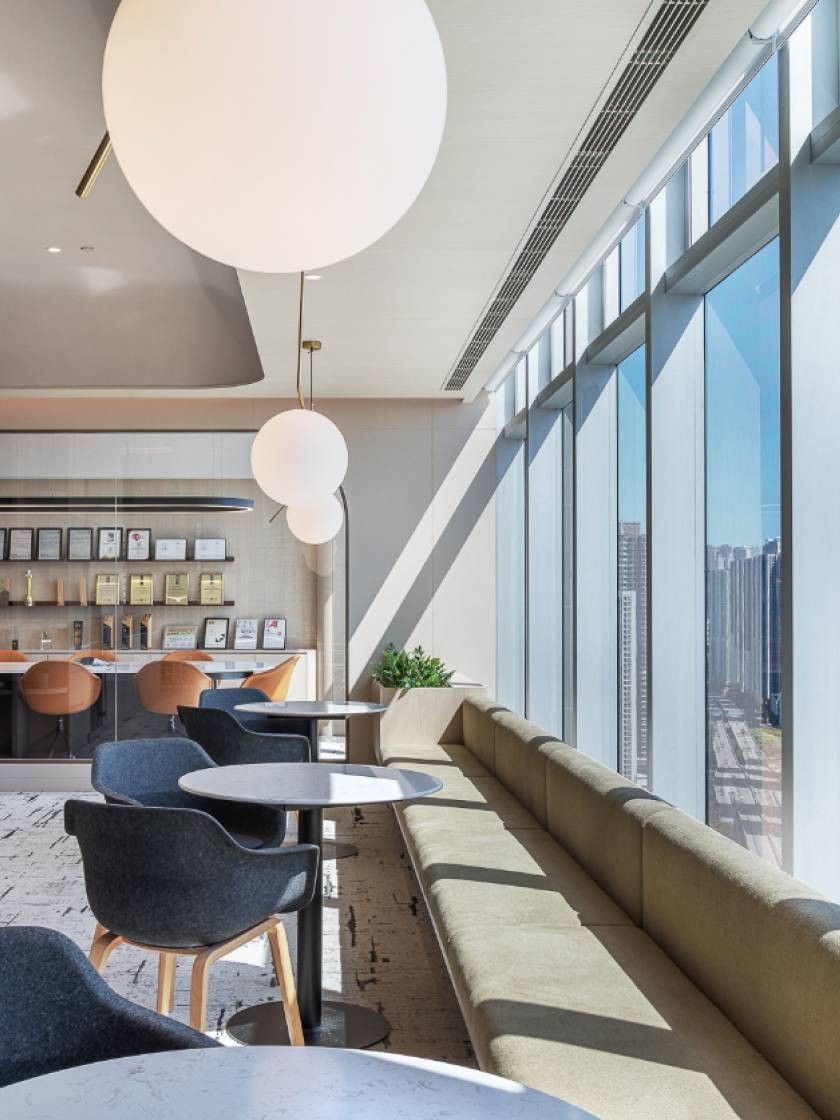New Trends of Working
To keep up with the dynamic workplace community in our big city today. New working lifestyle trends, which many businesses are beginning to promote and which are the altering trends and practices in the contemporary workplace, may give rise to some new ways of working. These developments, which have the power to alter how people work and interact, are frequently linked to the development of technology and alterations in workplace culture. The following are some of this new manner of working's important characteristics.
A lot of modern workplaces are designed to encourage collaboration and teamwork. For example, many companies are adopting open-plan offices, shared workspaces, and collaborative areas in order to provide opportunities for employees to interact and work together, as well as nourish communication between each other.
While employers are increasingly recognizing the importance of employee well-being and started creating wellness-focused spaces which could enhance human sustainability. These may include quiet resting rooms, meditation spaces, entertaining rooms for movies and gaming moments, and fitness areas that allow employees to take breaks and recharge from the stress of working. Also, some eco-friendly elements may occur in different workspaces to evocate sustainability and minimize environmental impact, by using renewable energy sources, and infusing natural elements like greeneries and plant spaces.
With the rise and possibilities of remote work which is seen in many company's practices, companies are creating workspaces that could cater to remote workers to sustain their productivity and working habits. For instance, some open area co-working spaces, innovative virtual offices, and some flexible meeting rooms could provide remote workers with a professional environment to work in like a normal office but in a more innovative and convenient way.
Smart offices are workspaces that use innovative technology to improve productivity, communication, and collaboration between employees and bosses. Some significant features of smart offices could be smart lighting, which uses sensors to detect occupancy and adjust lighting levels; temperature control which uses smart thermostats to control the temperature remotely, and voice-activated assistants and some energy-efficient appliances like water dispensers to reduce energy usage and to save costs in a long run.
Overall, new ways of working environments usually prioritize staff collaboration, well-being, company sustainability, and flexibility. They are always designed to support a variety of workstyles and preferences, depending on company style and approaches, or whether employees are working remotely or in the office.














